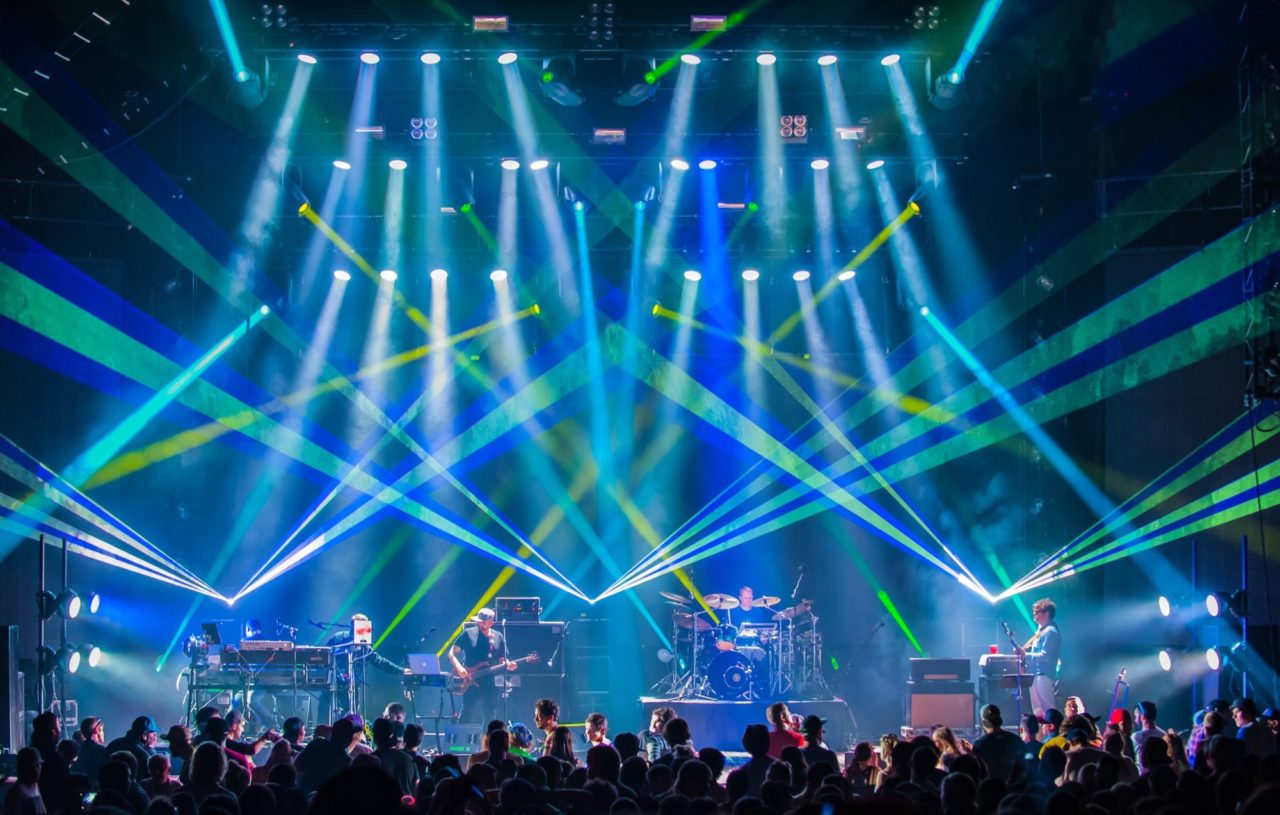
Because of this broad perspective, graduates of the program will be expected to be conversant in all areas where lighting design is applied.

The Graduate Lighting Design program at the University of Florida takes a comprehensive view of electric and solar light in our world. Understand traditional and innovative techniques appropriate for varying production formats.

Demonstrate the ability to articulate the creative process as production.Ħ.

Demonstrate the unique collaborative skills necessary to assimilate and realize the visions of playwright, performer, director, and designer in performance.ĥ. Demonstrate the ability to apply a conceptual approach to production organizing, developing, and guiding the creative collaboration with designers, performers, and technicians.Ĥ. Demonstrate sensitivity to, knowledge of, and aptitude for the art, craft, and process of moving the script onto the stage.ģ. Demonstrate the principles of two-dimensional and three-dimensional design aesthetics as applied to the theatre arts of set, light, and costume.Ģ. Demonstrate current technological and media literacy.ġ. Demonstrate knowledge of basic machinery, equipment, tools, hardware, and materials used to realize theatre designs.Ĥ. Demonstrate knowledge of management skills relative to time, cost, space, personnel, and safety.ģ. Demonstrate skills in recording and communicating design plans through mechanical drawing, pattern drafting, model building, plotting, and rendering.Ģ. For more information, consult the School of Theatre and Dance Undergraduate Advisor, Kevin Austin.ġ. Selected independent study, advanced electives, and production assignments in THE 4950 focus on the specialization.Ī portfolio is required for admission to all production majors. Students enrolled in theatre production: costume design, lighting design, and scene design will complete course work in all three areas. This curriculum provides academic instruction and professional training for careers in costume design, scene design, and lighting design.

The production curriculum is designed to meet the diverse aesthetic and technological demands of contemporary society. Today’s theatre design and production depend heavily on the complex electronic and mechanical systems used in professional theatre, film, and television production. It also provides a laboratory for students and the opportunity for practical application of classroom exercises and theories. The qualitative focus of the production program is to present the most effective and affective dance and theatre performances possible.


 0 kommentar(er)
0 kommentar(er)
